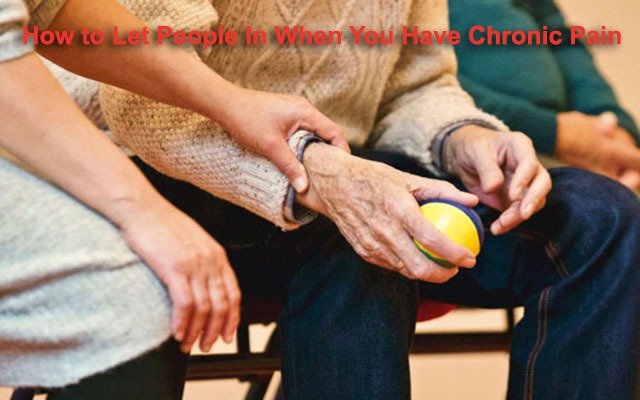Pain and Anxiety: Rinse It Out

In spin class, I have frequently heard instructors say “rinse it out” after a particularly intense bout of cycling. I have always supposed that they are encouraging us to slow down and recover a bit and get rid of anything “toxic” in the muscles before we start again. The image of rinsing away any past difficulties or toxic buildup is also a good metaphor for dealing with pain and anxiety.
Whether you suffer from chronic abdominal pain, RSD, jaw pain, fibromyalgia, back pain, migraine, bouts of acute pain, or other pain conditions, you may have found yourself worrying about your pain diagnosis, your future, or your treatment. Regardless of the type of pain condition, pain and worry often go hand-in-hand. And the more you pay attention to your pain, the more likely you will have thoughts that are frightening, which may increase your worry, and so on. It can become a vicious cycle. Although you can not simply pretend that you have pain or wish your fears away, you can learn to be in control of your fearful feelings and thoughts by rinsing them out.
Rinse It Out
Anxiety has two components: the sensations you feel in your body and the thoughtsthat scare you and make you feel unsafe. You can learn to manage both of these aspects of anxiety. You may wonder how you can release the tension in your body and let go of scary thoughts? How can you “rinse it out” and start fresh?
The physical sensations (e.g., muscle tension and stomach upset) that are linked to anxiety can be managed and reduced. Relaxation is one of the best techniques to reduce anxiety. It is often overlooked by people with severe pain – however, relaxation can bring down the pain intensity to a more tolerable level. With practice, you can learn to be in tune to your body so that when you start to feel anxious, you notice right away, then use your relaxation skills to calm yourself down. Throughout the day, practice slow, deep breathing. When you breathe in, imagine you are collecting the sensations of anxiety in your body. When you exhale, let them go. The more you do this, the better you will become at letting the tension flow out of your body.
Anxiety-provoking thoughts can also be rinsed out. To start, it is important to remember that scary, negative thoughts don’t provide a solution and only make you feel worse. Problem-solving and planning are helpful. Worry is not. Practice challenging the thoughts that make you anxious, rather than simply accepting them and letting them take over. You can ask yourself:
- What is the evidence that this is true?
- What is the evidence that this is not true?
- Does thinking about this provide a solution or is it just making me more upset?
- How would I talk to a friend about this issue? Would I say frightening things or would I try to be realistic and reassuring?
You are in charge of your thoughts. With practice, you can learn to recognize thoughts that are not part of a solution but, instead are causing anxiety and increasing pain. Allow yourself to let them go.
About the Author. Dr. Linda Ruehlman is a social/health psychologist and researcher, co-founder of Goalistics, and director of the Chronic Pain Management Program, an interactive site that helps people with chronic pain to manage their pain and live richer, more effective lives as well as Think Clearly about Depression, a self-management program for depression.
DISCLAIMER: This blog is provided as an educational and informational resource only. It is not intended nor implied to be a substitute for professional psychological or medical advice.
PainPathways Magazine
PainPathways is the first, only and ultimate pain magazine. First published in spring 2008, PainPathways is the culmination of the vision of Richard L. Rauck, MD, to provide a shared resource for people living with and caring for others in pain. This quarterly resource not only provides in-depth information on current treatments, therapies and research studies but also connects people who live with pain, both personally and professionally.
View All By PainPathways






